Maths News
Paul Tarabay, Mathematics Leader

Maths News
Paul Tarabay, Mathematics Leader
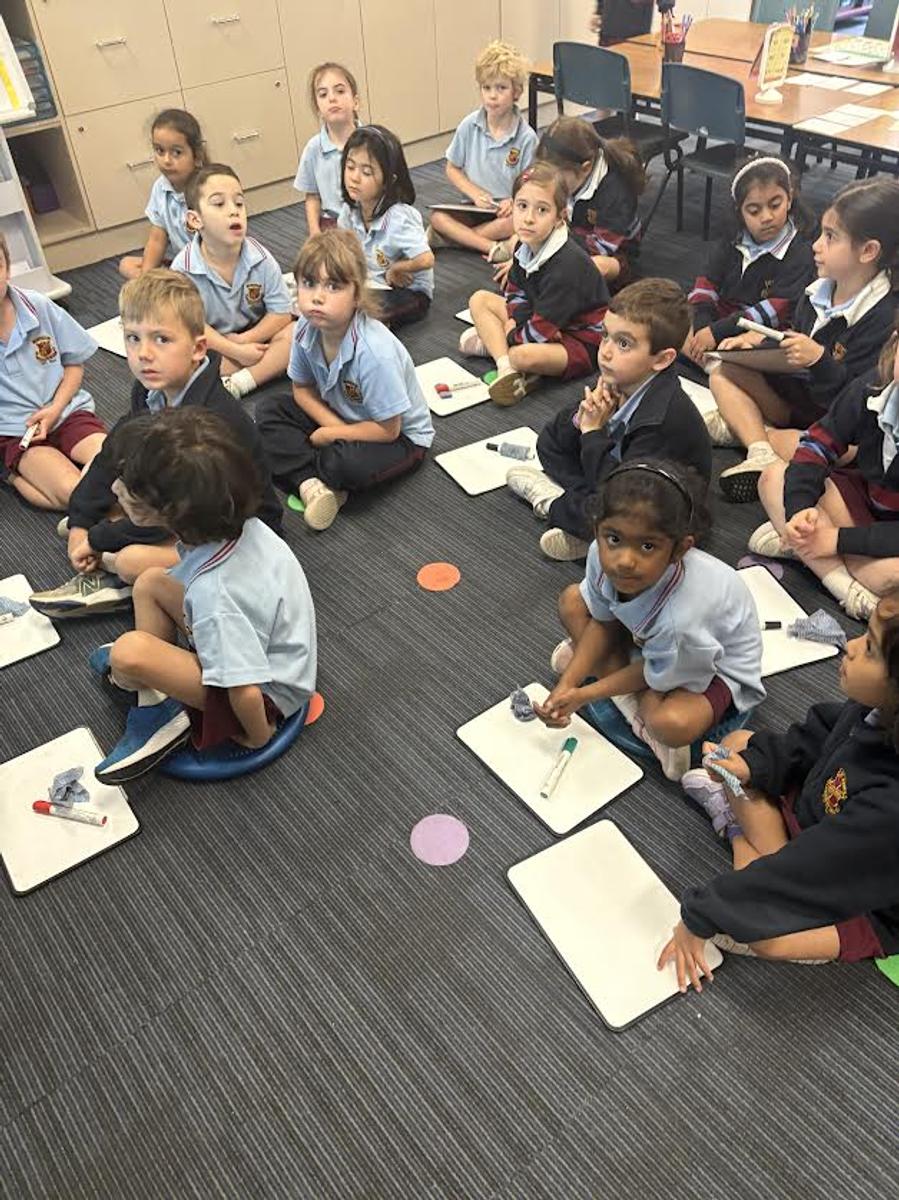

At St John’s, we are committed to the MACS Vision for Instruction—a vision that ensures every student is engaged and empowered in deep learning that enables success and fosters flourishing. A key part of this vision is creating classroom environments where all learners actively participate, take ownership of their learning, and feel confident to contribute their ideas.
During visits to classes, I am pleased to witness our teachers implementing a range of participation strategies that make learning visible, collaborative, and inclusive.
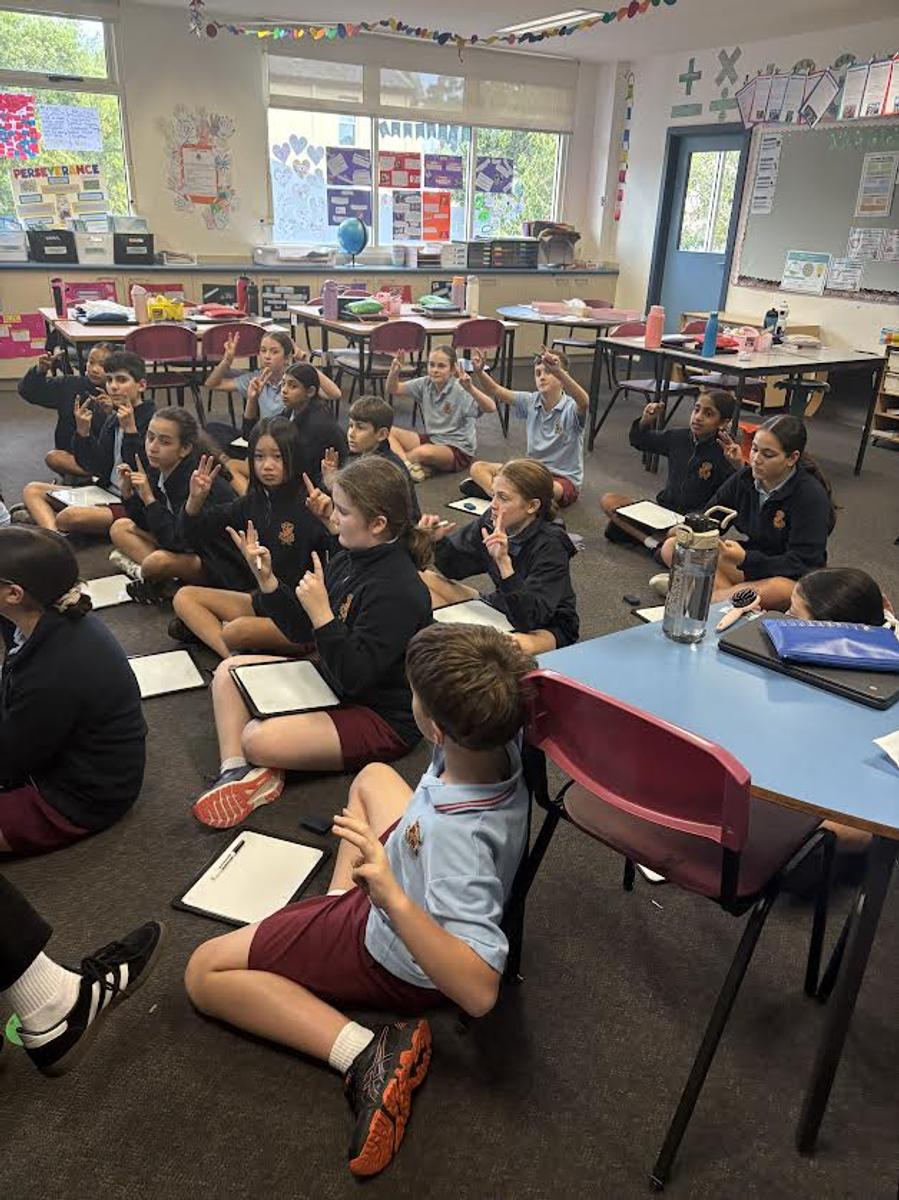

Students are given time to think about a question individually, share their ideas with a partner, and then discuss as a class. This strategy ensures every voice is heard and builds confidence before sharing in a larger group.
Instead of calling on volunteers, teachers strategically invite different students to share their thinking. This approach values all learners’ contributions and encourages active listening, as everyone knows they may be called upon to share.
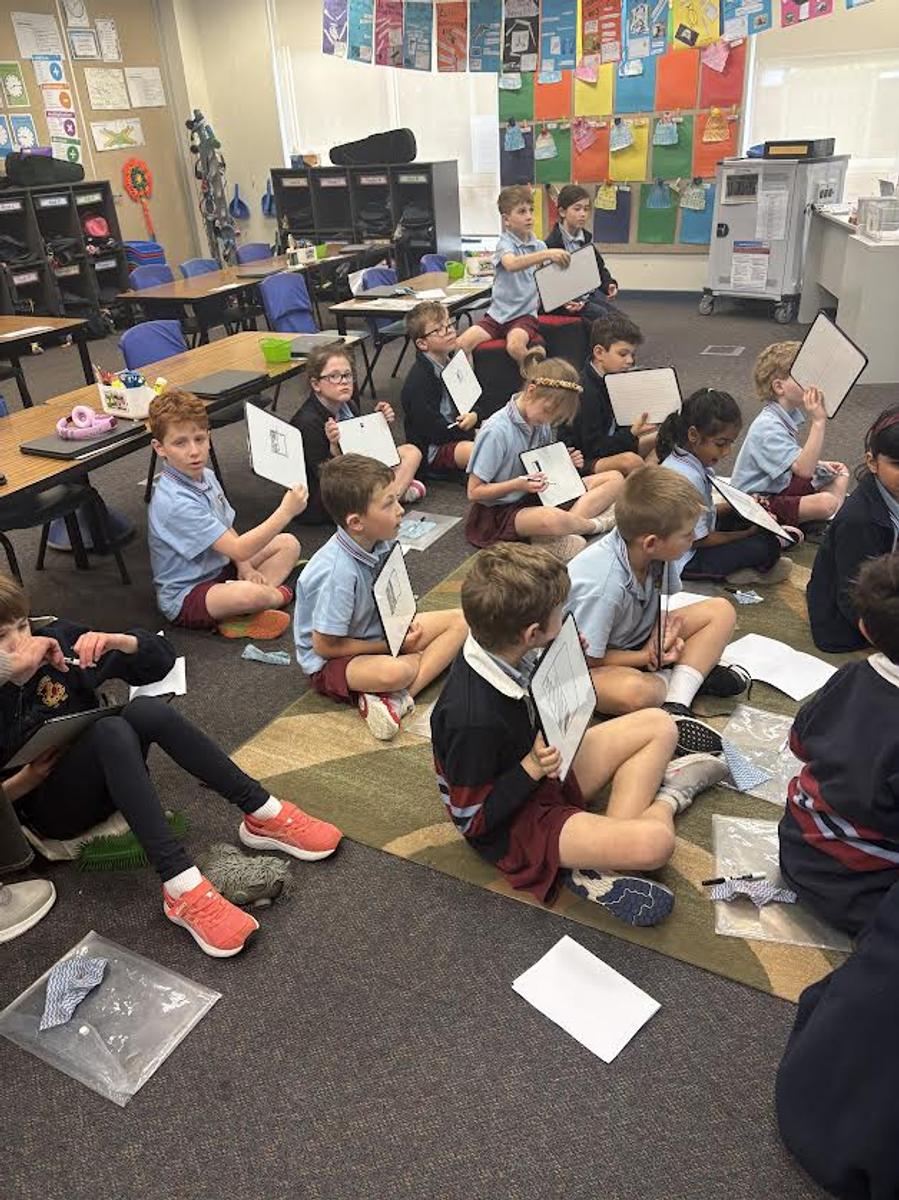

Mini whiteboards allow students to record and display their responses simultaneously. This provides immediate feedback for teachers and allows students to see a range of thinking, fostering discussion and deeper understanding.
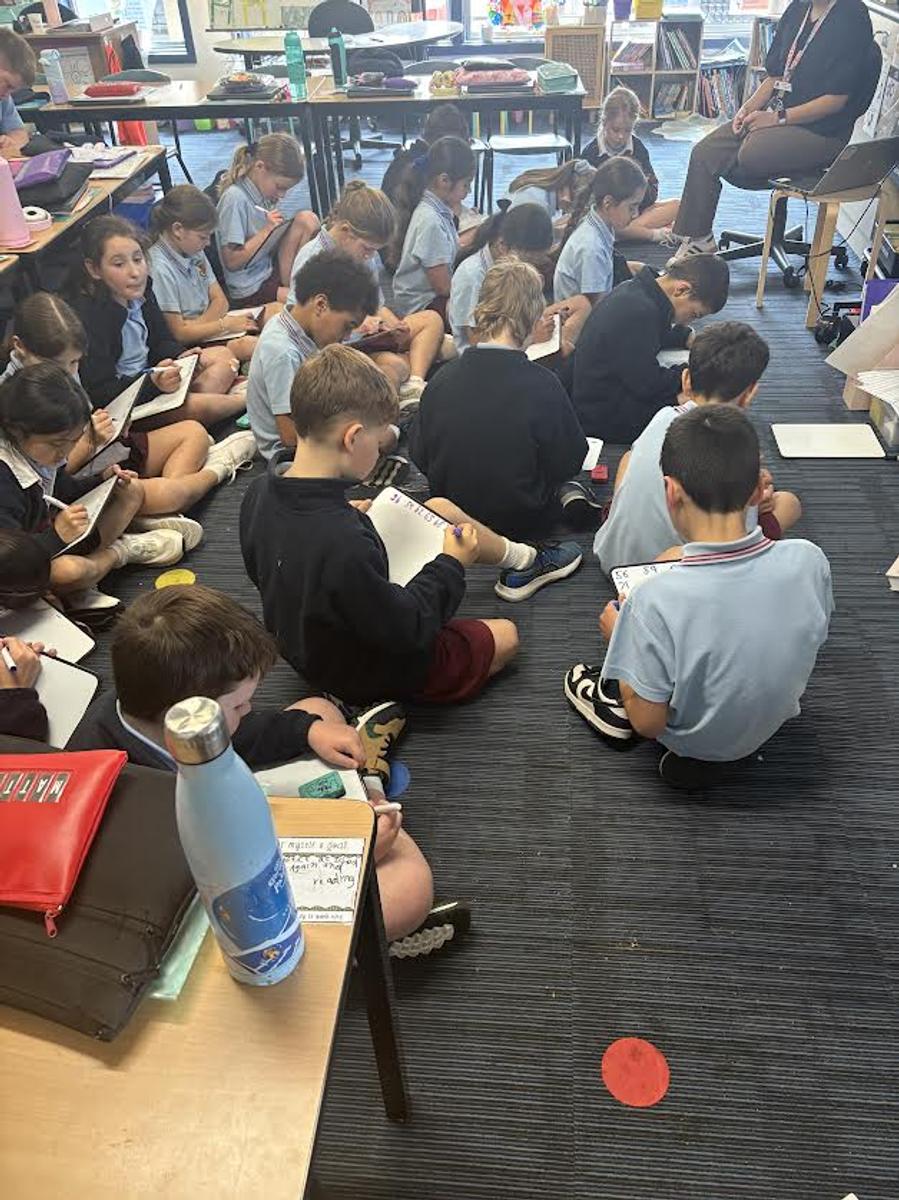

Providing language scaffolds helps students articulate their reasoning clearly and respectfully. For example, prompts like “I agree with ___ because…” or “Another way to think about this is…” support structured academic talk.
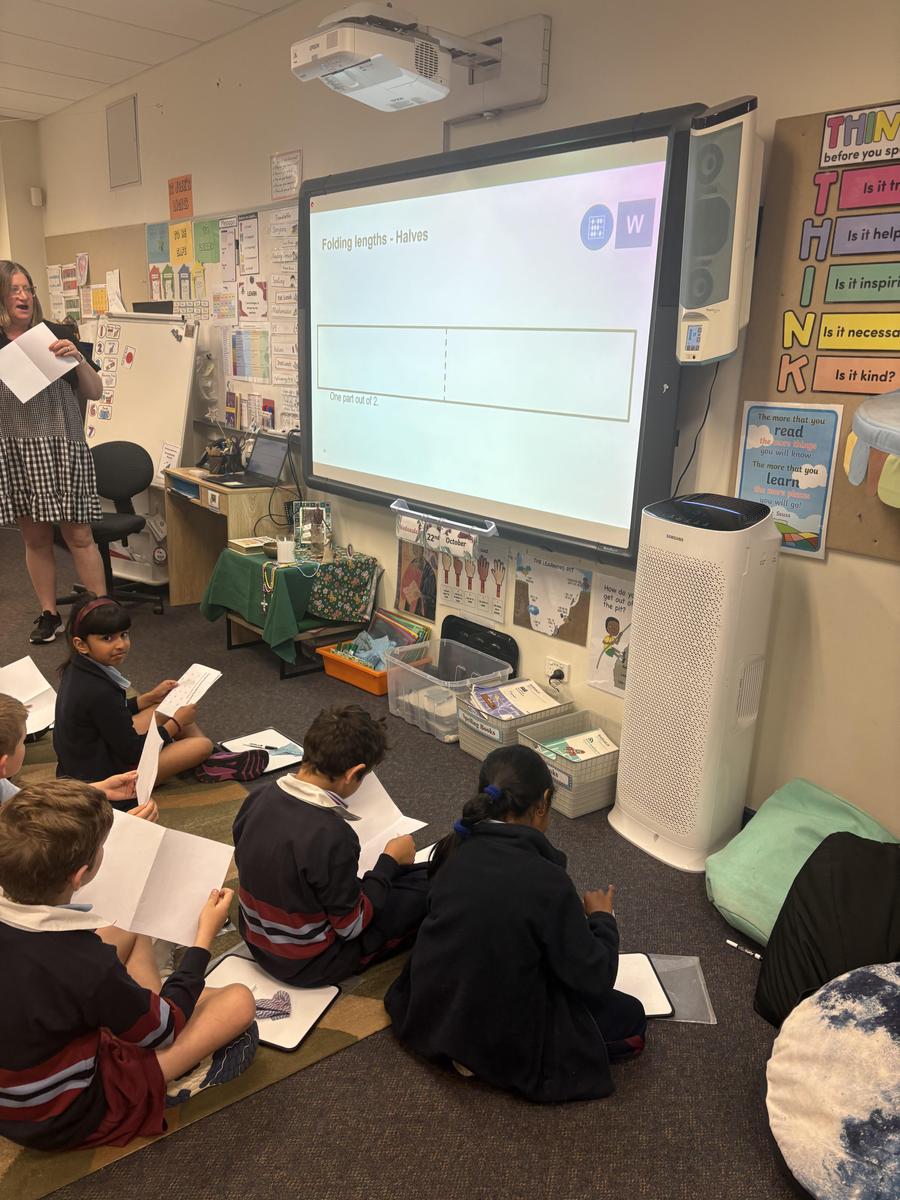

When students understand what they are learning and how to be successful, they can take a more active role in their learning journey. Teachers regularly co-construct success criteria with students to build shared responsibility for progress.
Students are encouraged to reflect on their participation and learning at the end of each lesson. This reflection time builds metacognition—students think about how they learn, not just what they learn.
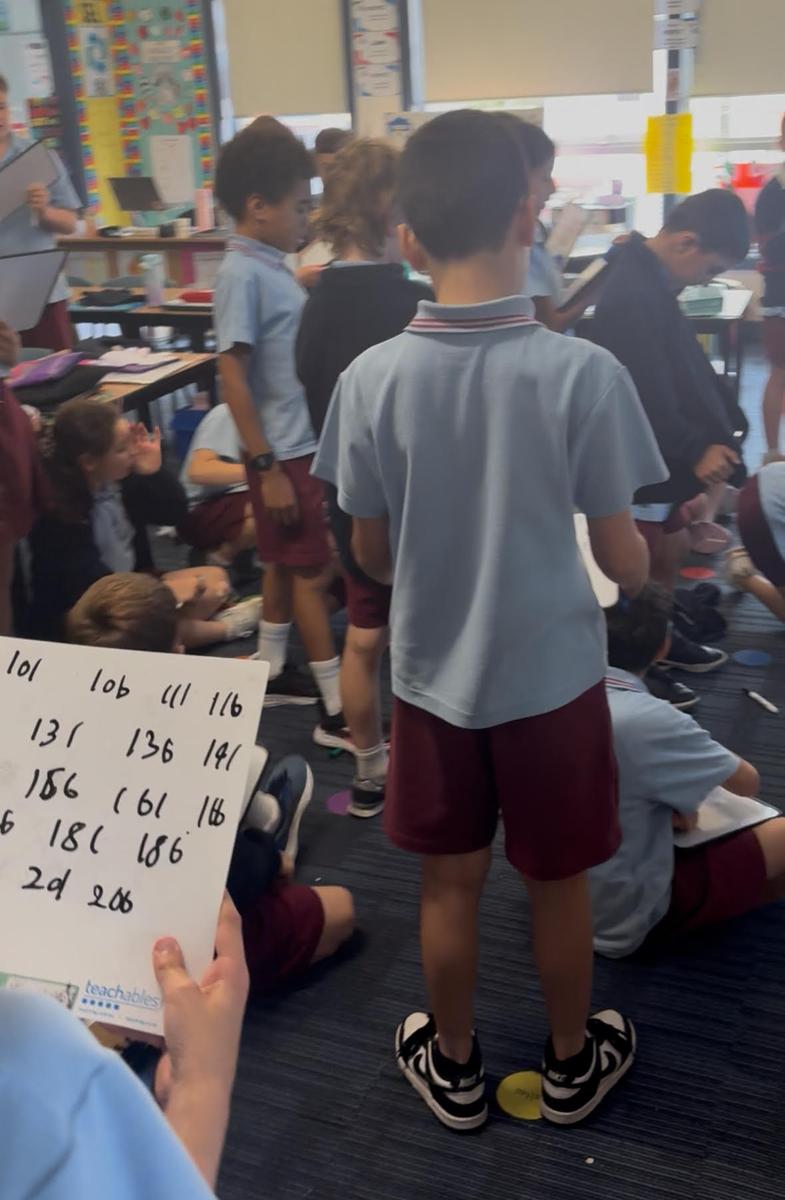

By embedding these participation strategies, we are deepening student engagement, promoting equity of voice, and ensuring that learning is a collaborative process. These practices help every learner to grow as a confident, curious, and capable thinker.